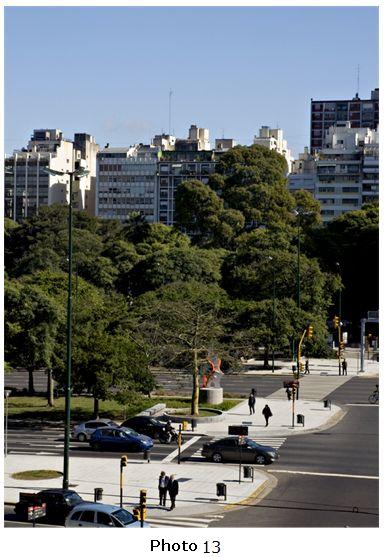Noon light is the light around, more or less, 11 am and 3 pm. This will vary, of course, our location and the season of the year. At noon, the sun is located at its highest point and it will produce dark shades. In the case of portraits, it will generate shadows underneath the eyes, nose and chin. It is strongest light and it produces the most contrast. Remember that when there is too much contrast, the camera will not be able to register detail in highlights and shadows. Therefore, we need to be careful when we are measuring a scene to shoot the photograph.
To control shadows when we are shooting portraits or close objects, we always need a surface to reflect light and fill these shades. At noon, sunlight is white. However, if we shoot photographs under shades (when there is sun), the photograph will have a blue tone.
Sunlight at noon has a great intensity. This means we will be able to use closed diaphragms and high shutter speeds even when using low sensitivity (ISO 100). As a result, we can freeze movement in a photograph or achieve a great depth of field. As a matter of fact, sometimes, because there is so much light, it is hard to achieve little depth of field since we need to use an open diaphragm. But, always remember we can achieve less depth of field if we get closer to the object we are photographing, or if we use a lens with greater focal length (ex:200mm, or higher).
There are many photographers who recommend not shooting photographs at noon. From my part, I believe it is a great moment to shoot photographs. Photographs have a strength and a special feeling, colours are saturated, contrast adds depth and texture to the photograph and, in the case of portraits, subjects get a special sparkle in their eyes.
Nevertheless, we need to be clear that light at noon (when there is sun) is something we really need to know and understand in order to achieve great results.

This photograph was taken at 1 pm, during fall. The sensitivity I used was ISO 200 and the exposure was f/22 at 1/125.
If you compare this exposition to the exposition of photograph 10 (f/16 at 1/100), you will notice that light is more intense. Consequently, I needed a closed diaphragm and a higher shutter speed.
The colour in this photograph is also different. This image has a neutral colour (there is no orange tone as in the other pictures) since light at noon is white.

